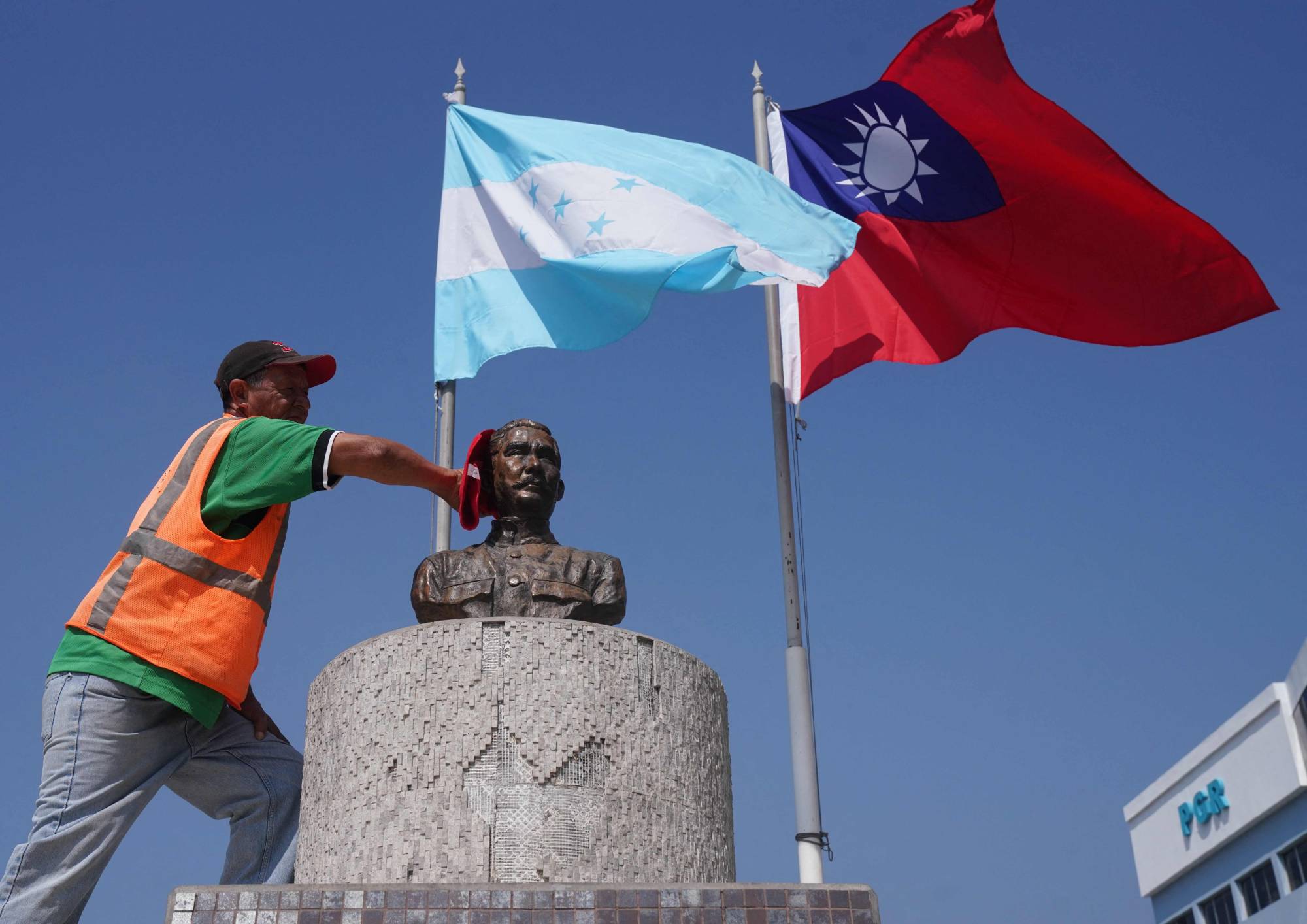Honduras recently announced it was planning to switch diplomatic recognition to the People’s Republic of China, becoming the latest country to fall into Beijing’s clutches after years of the latter’s “charm offensive” and other generally sinister forms of political and economic pressure.
This was preceded by Nicaragua going over to China’s side in December 2021. Eight countries have switched recognition in just the past seven years, allowing China to gain a greater stronghold in regions in which it was historically weak.
If Honduras does indeed switch sides, then that would leave just 13 governments (Belize, Guatemala, Paraguay, Haiti, Saint Kitts and Nevis, Saint Lucia, Saint Vincent, the Grenadines, the Marshall Islands, Nauru, Palau, Tuvalu and Eswatini in Africa and the Vatican City in Europe) recognizing Taiwan, of which 12 are members of United Nations.


















With your current subscription plan you can comment on stories. However, before writing your first comment, please create a display name in the Profile section of your subscriber account page.